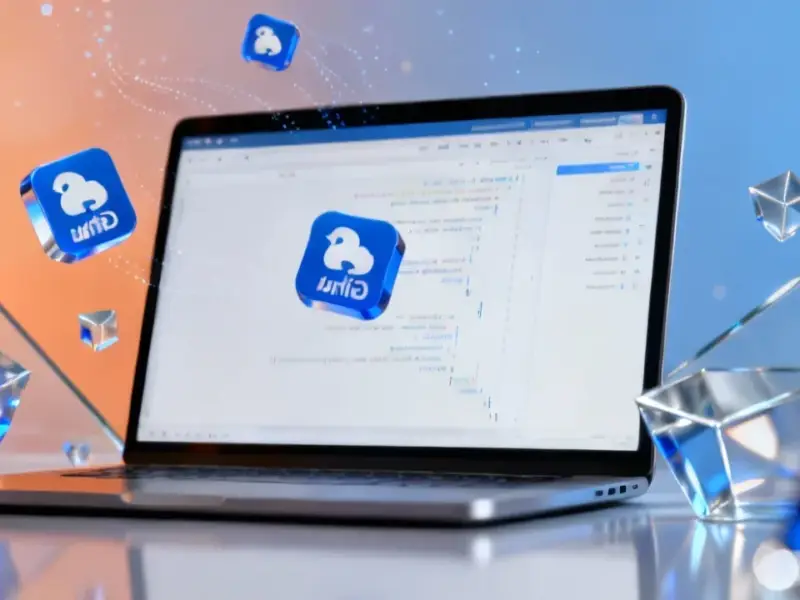According to TechRepublic, Google’s NotebookLM just got a major upgrade that transforms it from a basic summarization tool into a serious research engine. The platform now features a Deep Research agent that handles complex, layered questions by working through multiple steps and showing exactly how it reaches conclusions. Every claim is linked back to its source materials, providing clear documentation of the system’s reasoning process. Users can now upload various file formats including spreadsheets and slide decks, expanding the range of materials NotebookLM can process. The upgrade builds on earlier improvements from 2023 and early 2024 that added mobile apps and more structured project workspaces. This positions NotebookLM as a more comprehensive workflow tool for researchers, analysts, and students working with knowledge-intensive tasks.
From summary bot to research partner
Here’s the thing about NotebookLM’s journey – it started as basically a smart summarization tool, but Google‘s been steadily building it into something much more substantial. The Deep Research feature is particularly interesting because it doesn’t just spit out answers. Instead, it shows its work, pulling from both your uploaded documents and verifiable web sources to create something that resembles an early research draft.
And that sourcing aspect? That’s huge. In an age where everyone’s worried about AI hallucinations and unverified claims, having every statement tied back to its origin makes this tool actually useful for serious work. It’s like having a research assistant who actually shows you their bibliography instead of just handing you a finished paper and saying “trust me.”
The single-environment advantage
What strikes me about this upgrade is how Google’s thinking about workflow integration. The fact that you can continue adding sources while Deep Research runs in the background means you’re not constantly stopping and starting. That’s how actual research works – it’s messy, iterative, and you’re often juggling multiple threads simultaneously.
The expanded file support is another smart move. Spreadsheets, slide decks, various document types – these are the building blocks of real research projects. Before this, you’d probably need multiple tools to handle different file formats. Now? Basically, you can keep everything in one place. For enterprises and academic researchers dealing with mixed media projects, that’s a significant time-saver.
The verifiability factor
Look, the whole AI transparency movement isn’t just academic – it’s becoming a baseline expectation. As more professionals use AI for research and analysis, they need to understand how conclusions are reached. NotebookLM’s approach of showing step-by-step reasoning and clear sourcing aligns perfectly with this shift.
But let’s be real – the system still has limitations. It depends entirely on the quality of sources you feed it, and complex datasets might still trip it up. Still, the progress here is notable. We’re moving from “AI as magic answer box” to “AI as transparent research partner,” and that’s a much more sustainable direction for tools meant for serious work.
For organizations working with industrial technology and manufacturing data, having reliable research tools that can handle various file formats becomes crucial. When you’re dealing with technical specifications, performance metrics, or operational data, you need systems that can process spreadsheets and documents with equal ease while maintaining clear sourcing. It’s the kind of capability that makes AI tools actually useful beyond simple consumer applications.
Google’s clearly betting that researchers want more than quick summaries – they want tools that mirror how they actually work through complex topics. With this NotebookLM upgrade, they’re getting closer to delivering exactly that. The question now is whether other AI research tools will follow suit with similar transparency features, or if Google’s carved out a unique position in the increasingly crowded AI assistant space.



